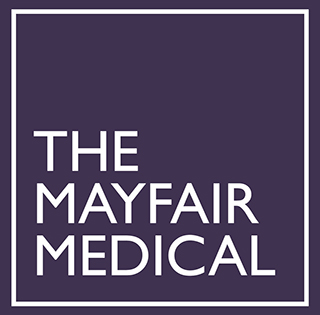Breast Augmentation London
- UK's top rated consultant surgeons
- Natural-looking best results
- Explore boob job real patients results

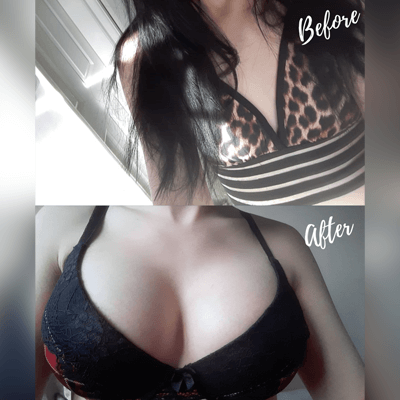
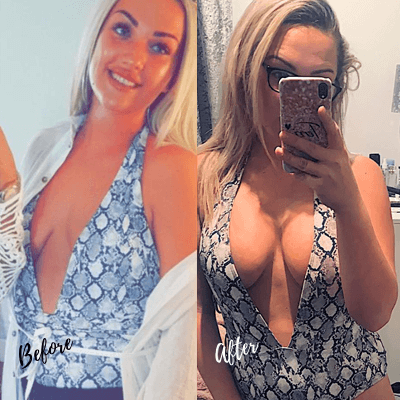
Top rated NHS breast surgeon
Interest free monthly payments
Highest standard of care & comfort

Last Reviewed June 12th 2023
What Is Breast Augmentation?
Breast augmentation is a cosmetic surgical procedure usually opted by women to change the size and shape of their breasts.
To alter the breasts’ size, form, or feel, the surgeon may use implants or transfer fat from another area of the body. Increasing the size of one’s breasts is known as a bop job or breast augmentation.
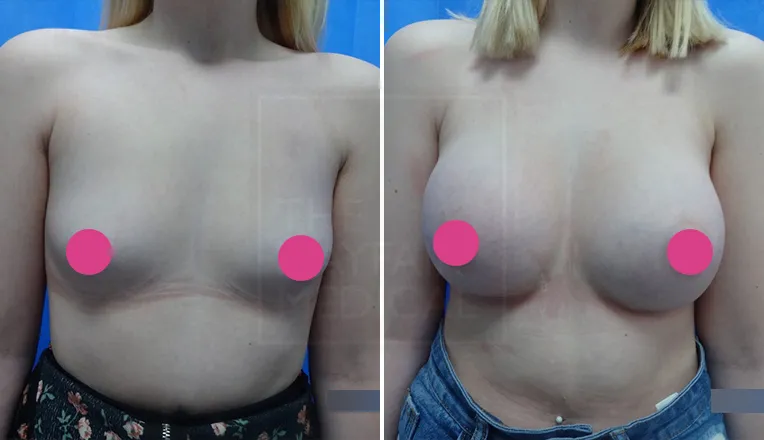
Breast Augmentation At A Glance
1 - 2 Hours
General Anaesthetic
Day Case
Surgical Bra - 6 Weeks
1 Week
Sleeping on Back for 1 - 2 Weeks
6 Weeks
4 - 6 Weeks
1 - 2 Weeks
1 Week
Why choose Breast Enlargement Surgery?
Throughout a woman’s life, her breasts may undergo many changes, both in size and appearance, reflecting her many distinct body types. Reasons for this phenomenon include but are not limited to, weight fluctuations, hormone shifts, and the effects of pregnancy and lactation. In some cases, these variables contribute to the development of asymmetry in the breasts. Breast augmentation is a surgical procedure that enhances the size, shape, and contour of the breasts. It is also used to correct asymmetry caused by factors such as small size, significant weight loss, pregnancy, and lactation.
Some women may feel confident and contented with their breast size and shape, while others may feel insecure and unhappy because of their breasts. Confidence in one’s body can be restored with a simple and quick breast augmentation treatment.
People choose to have breast enlargement surgery for a lot of different reasons. Among these are changes in personal tastes and ways of living. People with small breasts are the best candidates for a breast enlargement procedure. Among the most common reasons:
- Boost the size and/or fullness of your breasts.
- When different sizes are used, uneven breasts can be fixed.
- May improve sagging (an additional breast uplift may be required for considerable sagging)
- Can help get back some of the volumes lost during pregnancy, breastfeeding, or after losing weight.
- Building confidence in what you wear.
Who is suitable for Breast Augmentation?
The people who meet all the criteria for eligibility for the operation are those who:
- One who has reached adulthood with completely formed breasts
- in good mental and physical health
- Breasts that are too small or too large for their comfort, whether due to natural ageing processes, pregnancy, or weight gain/loss.
- Know the limits of surgical intervention.
Breast Augmentation Options
Types of Implants
Different kinds of breast implants are available. Saline or silicone implants are the ones that are used most often.
For breast enlargement UK, most people get implants made of silicone. Silicone is a safe and long-lasting material that can make the breasts look and feel natural.
Salt water is used to fill saline implants, which are breast implants. In the procedure for breast enlargement UK, they aren’t often used. People say saline implants are easier to see under the skin than silicone implants and can feel stiff and firm.
Implant Size
There are different sizes of breast implants. Basically, three different shapes of these implants exist round, teardrop, and conical. Each shape comes in four different profiles, from ‘low’ to ‘extra high.’ This grading is about where the breast meets the benefits of the implant and breast enlargement price. A low-profile breast implant will give you a softer, more natural look. The advantage of an extra-high profile is sharper, making it look more dramatic and unnatural.
Since implants are sold by volume in millilitres or by weight in grammes, you can’t say what size cup you want. Because of how much breast tissue you already have and how much skin is available, our surgeon can’t know your final cup size.
Implant Shape
There are many different shapes of breast implants, giving different results. In the UK, round implants are the most popular choice because they work well for most people. Sometimes the choice also depends on the breast enlargement finance available. Because they are round, round implants can add volume to both the upper and lower breast.
When a more natural look is desired in breast enlargement surgery, teardrop or anatomically shaped implants are used. The implants will give the bottom of the breasts more volume and are best for people who don’t have much natural breast tissue and want a realistic result.
Asymmetry
If a patient has asymmetric or tuberous breasts, the way they have their breast enlargement surgery done will depend on their desired results.
Our breast surgeons have a lot of experience adjusting their procedures to get the best patient results. To help fix the unevenness, the patient may need more breast lift or reduction surgeries or implants of different sizes.
Breast asymmetry or otherwise called Tuberous Breasts can be fixed during a breast augmentation procedure. However, no type of breast surgery can ensure complete symmetry.
Implant Positioning
Positioning of a breast implant means the placement of an implant in the chest. Traditionally, the implant could be put over (sub-glandular) or under (submuscular) the breast muscle. When breast implants are positioned over or in front of the chest or pectoral muscles, it is the easiest option and requires the least amount of time to heal. When implants are placed below the pectoralis muscle, they are usually under or below it. It is a standard positioning method for people who don’t have a lot of breast tissue to get a more natural-looking result.
But surgery has changed a lot since then, and what used to be called ‘under the muscle’ is now more often done as ‘dual plane placement,’ in which the upper part of the implant is put under the pectoral muscle while the lower part is left out in the open. This change makes it less likely that the implants will feel high and tight on the chest. It also makes the procedure easier.
Incision Types
Our skilled surgeons for breast enlargement UK will make the incisions under the breast as unnoticeable as possible. Different kinds of incisions can be made to put in breast implants.
The IMF, or inferior mammary fold, is the most common and safest. This natural fold is right where the wire would sit in an underwire bra. Other types of incisions include the periareolar, which is made around the nipple, and the axillary, which is usually in the patient’s armpit.
Even though our surgeons try to keep scarring to a minimum, everyone who gets a breast augmentation will have some scarring. Most scars are about 5 to 6 cm long. This can change based on how big the implants are.
Types of Stitches/Sutures
Over a few weeks, the body gets rid of all subcutaneous sutures. When they are used correctly, dissolvable stitches don’t pose any health risks and are used by surgeons in many different areas of medicine. When dissolvable stitches are used, there is no need for a second session to take them out.
Most of the time, our surgeons use tissue glue to close the cut. This makes you less likely to be exposed to the common microbes on your skin that can cause infections in minor wounds. Within a week or two of being put on, the glue will start to come off.
Your Breast Enlargement Journey
Consultation
During the consultation, your breasts and chest will be measured and recorded, as will the location of your nipple and the quality and elasticity of your skin.
After discussing your desired aesthetic result, your surgeon will choose the best location for the incision and pocket placement, as well as the implant form (teardrop, round, or conical), size, and surface texture.
There will also be standard clinical photography. Depending on the consultant you visit, a visualisation of the expected outcome will be created using the Crysalix 4D imaging technology employed at the Clinic.
Last but not least, we’ll have a detailed conversation about the potential dangers and difficulties of the surgery, as well as the post-op and recovery periods. You will also have an evaluation of your surgical readiness, including a record of your medical history (including any prior surgeries, drugs, allergies, etc.).
Once your surgeon has determined that you are a good candidate for surgery, you will have two weeks to ‘cool off’ and decide if you want to proceed.
You can schedule as many consultation appointments as you’d like with your surgeon before the scheduled operation date.
Pre-Operative Consultation
If surgery is something you want to do, the day after your last consultation at the Clinic will be the day of your procedure.
The following modifications to one’s behaviour are suggested or required before admission:
Patients who smoke are at a higher risk of wound breakdown, implant infection, and, eventually, implant removal. Thus we ask that you quit at least 6 weeks before your treatment.
You need to avoid taking any medicine containing Aspirin in the week following your surgery.
Small sips of clear liquids (such as still water, black coffee, or black tea) are permitted up to 2 hours before admission in the final 2 hours before surgery, but nothing else should be consumed in the 6 hours before surgery.

Procedure Day
Please check in for admission one hour before your surgery is scheduled to start on the day of your surgery. Then, a nurse will come to take your vital signs, and you’ll meet with your anesthesiologist and surgeon to go over any last adjustments they need to make.
Breast augmentation is a simple procedure that can be done in about an hour while you are asleep. Most of the time, an incision is made in the inframammary fold, which is the fold right under the breast. But incisions can also be made in the armpit (axilla) or along the edge of the breast (areolar border), which are less obvious than the inframammary fold (periocular). The breast implant is then put into a pocket above or below the muscle, depending on the results you want and other factors that you and your doctor talked about during your consultation (such as your current breast volume, your degree of extra skin, and the shape of the breast structure). There would be a 4 to 5 inches long scar where the wound was stitched up.
After your anaesthesia wears off, you will spend the next hour to two hours in our ambulatory recovery rooms. Patients can leave the Clinic with a friend or family member if our specialized nursing staff thinks they have made enough progress in their first recovery and are ready to go home.
After Procedure
When you get home, our nursing staff is on call 24 hours a day, seven days a week, to help you. This group of experts will be there for you right after surgery to ensure you’re okay and help with any pain you might feel.
Most patients say they feel completely pain-free a week after surgery. We suggest taking at least a week off from work and doing as little as possible for the first two weeks.
You’ll need to wear a post-operative garment for at least six weeks so that your implant doesn’t move and your scar heals as well as possible in the long run. For the same amount of time, you should avoid any upper-body workouts that are too hard.
We want you to come to see our nursing staff one week after your surgery so that your incision sites can be checked. We also think it would be a good idea for you to talk to one of our aestheticians about getting more treatment to help with the healing and scarring process.
You should make a follow-up appointment with your surgeon after 6 weeks.
Breast Augmentation Risk and Complications
- The shape of the breast implant can be changed by scar tissue (capsular contracture)
- Pain in the breast Infection
- Changes in how the nose and breasts feel
- Implant position changes
- Implant leakage or rupture
Anaplastic large cell lymphoma
Illness from breast implants
Breast implants may cause what is sometimes called ‘breast implant illness,’ a group of symptoms that affect the whole body. No one knows for sure how these symptoms are connected to breast implants. People have reported feeling tired, losing their memories, getting rashes on their skin, having trouble concentrating and thinking clearly, and having pain in their joints. If the breast implants are taken out, the symptoms may go away. Researchers are still trying to figure out the link and what caused it. If you have breast implants and any of these things happen, you should talk to your plastic surgeon.
Talk to your doctor if your breasts or implants change in any way. Possible problems with breast augmentation surgery can be found and fixed with regular follow-up visits and the proper screening tests.
Our Expert Breast Augmentation Surgeons


Boob Job Before and After Results
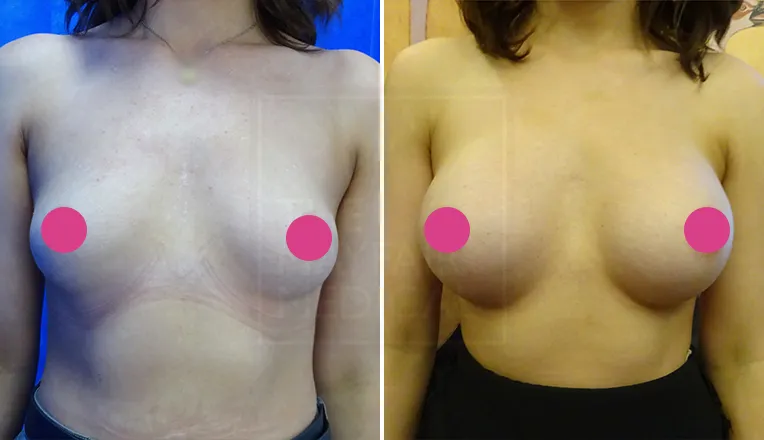
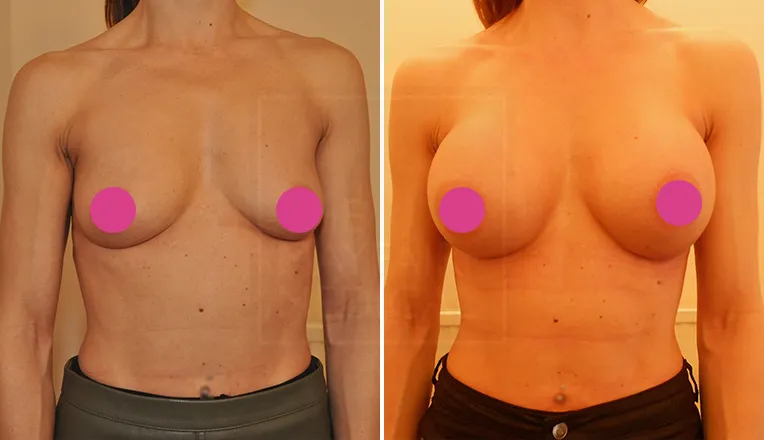
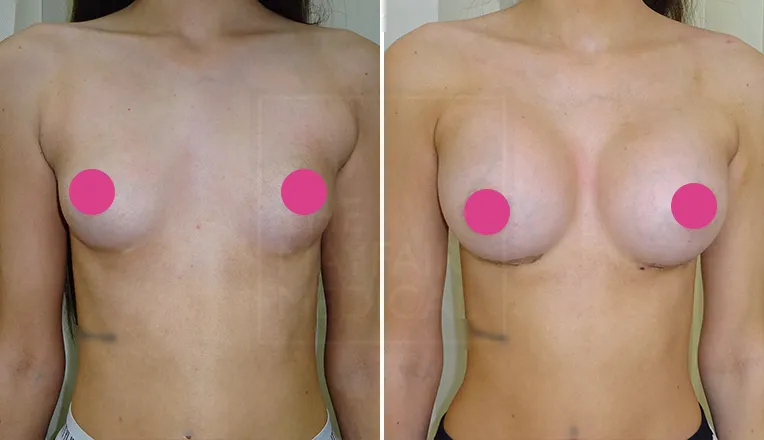
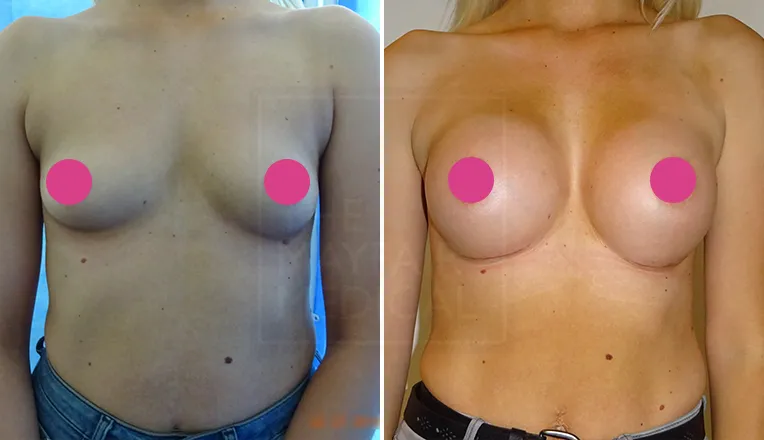

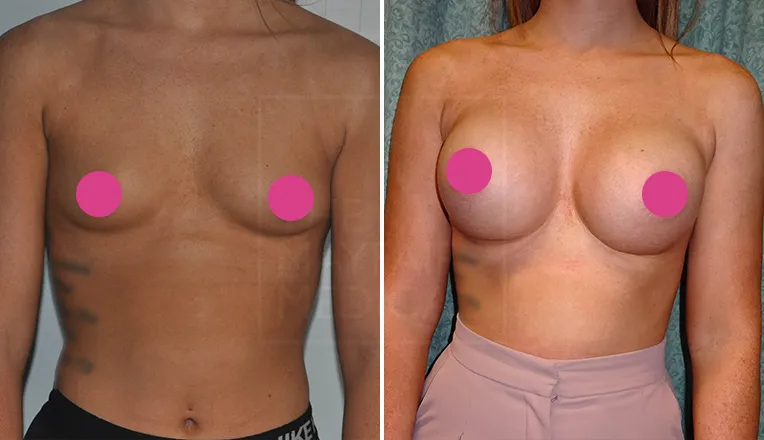
To explore more remarkable results visit our breast augmentation before and after photos gallery.
Frequently Asked Questions
Procedural and Candidacy FAQs
Am I a suitable candidate for breast augmentation?
do i need a breast lift or just augmentation
How long does a breast augmentation take?
Is breast augmentation painful?
How painful is breast augmentation under the muscle?
How long does a breast augmentation consultation take?
Can I get a breast enlargement on the NHS?
What are breast implants made of?
How do breast implants look after pregnancy?
How much do breast implants weigh?
Does breast implants cause weight gain?
Can breast implants look natural?
What are the most natural looking breast implants?
Cost and Financing FAQs
What is the average cost of breast augmentation in London?
How much does breast augmentation cost in uk?
How much does breast lift and augmentation cost in uk?
Can you pay for breast implants monthly?
Pre-Operative FAQs
Can I take my regular medications before the breast augmentation procedure?
Should I stop smoking or drinking alcohol before the breast augmentation procedure?
Post Op and Recovery FAQs
How long after breast augmentation can i drive?
When can i sleep on my side after breast augmentation?
How long after breast augmentation can they be touched?
When can i sleep without a bra after breast augmentation?
After breast augmentation surgery, the timing for sleeping without a bra can vary based on individual healing and the advice of your surgeon. In general, most surgeons recommend wearing a supportive, soft, and non-underwire bra 24/7 for the first few weeks after the procedure. This helps reduce swelling, support the breasts, and promote optimal healing.
Around 4-6 weeks after the surgery, many patients can gradually transition to sleeping without a bra if they feel comfortable doing so. However, it’s essential to follow your surgeon’s specific post-operative instructions, as they may provide personalized guidance based on your recovery progress.
How long after breast augmentation can I fly?
When can i wear a normal bra after breast augmentation?
How long is recovery after breast augmentation?
What to expect after breast augmentation day by day?
After breast augmentation surgery, here’s what you can generally expect day by day:
Day 1-3: You may experience some pain, swelling, and discomfort. Rest and take prescribed pain medications. Avoid heavy lifting and strenuous activities.
Day 4-7: Swelling may peak, but it should gradually subside. Follow your surgeon’s guidelines for wearing compression garments and supporting bras.
Week 2-3: You’ll notice reduced swelling and increased comfort. Follow-up appointments with your surgeon may occur to monitor your healing progress.
Week 4 and beyond: Swelling should continue to decrease, and you can gradually resume more physical activities as advised by your surgeon. Scars will continue to fade over time.
Remember that individual experiences can vary, so it’s crucial to follow your surgeon’s specific post-operative instructions for a successful recovery.
